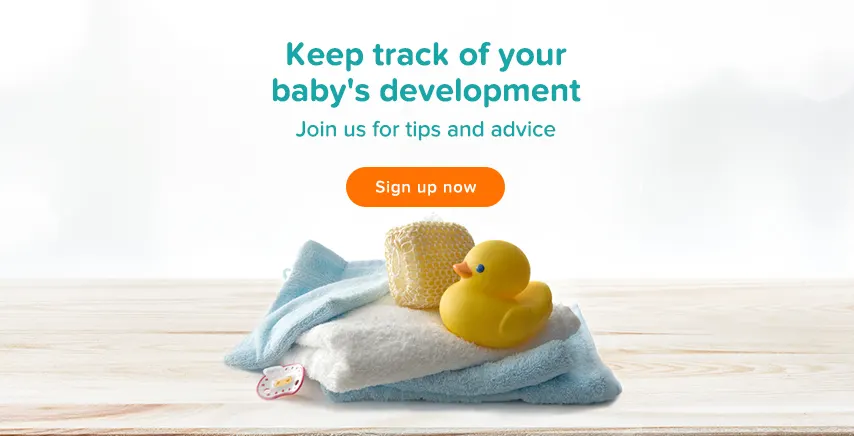Starting solid foods: one at a time
Although breast milk or formula will continue to be the most important part of your baby's diet for at least the next few months, now's the time to start introducing solids. Start off slowly. Adults appreciate variety at meals, but a baby needs to ease into eating.
Try these tips:
Start with cereal Fortified hot cereal is a good source of iron and B vitamins, as well as of the calories your baby needs. Eating small amounts of simple cereals (rice or barley mixed with breast milk or formula) from a spoon twice a day helps your baby learn how to eat solid food.
Move on to vegetables, then fruits Babies are more inclined to acquire a taste for vegetables if you hold off on sweet foods. Begin by offering puréed vegetables such as green beans or peas at mid-day; eventually, add strained or mashed fruit (bananas, plain unsweetened apple sauce) in the morning.
Check for allergies Wait five to seven days before introducing new menu items so that you can be sure that your baby isn't sensitive to the previous food.
At mealtimes, hold your baby upright in your lap or in an infant seat Use a small spoon. If she sticks her tongue out, give her a few more tries and then back off for a week or two. As she matures, the tongue thrusting will stop.
Avoid feeding cereal in a bottle Your baby needs to learn how to use her mouth with solids.
Have patience when feeding and rest assured that your baby will eventually learn to eat. Don't we all!

